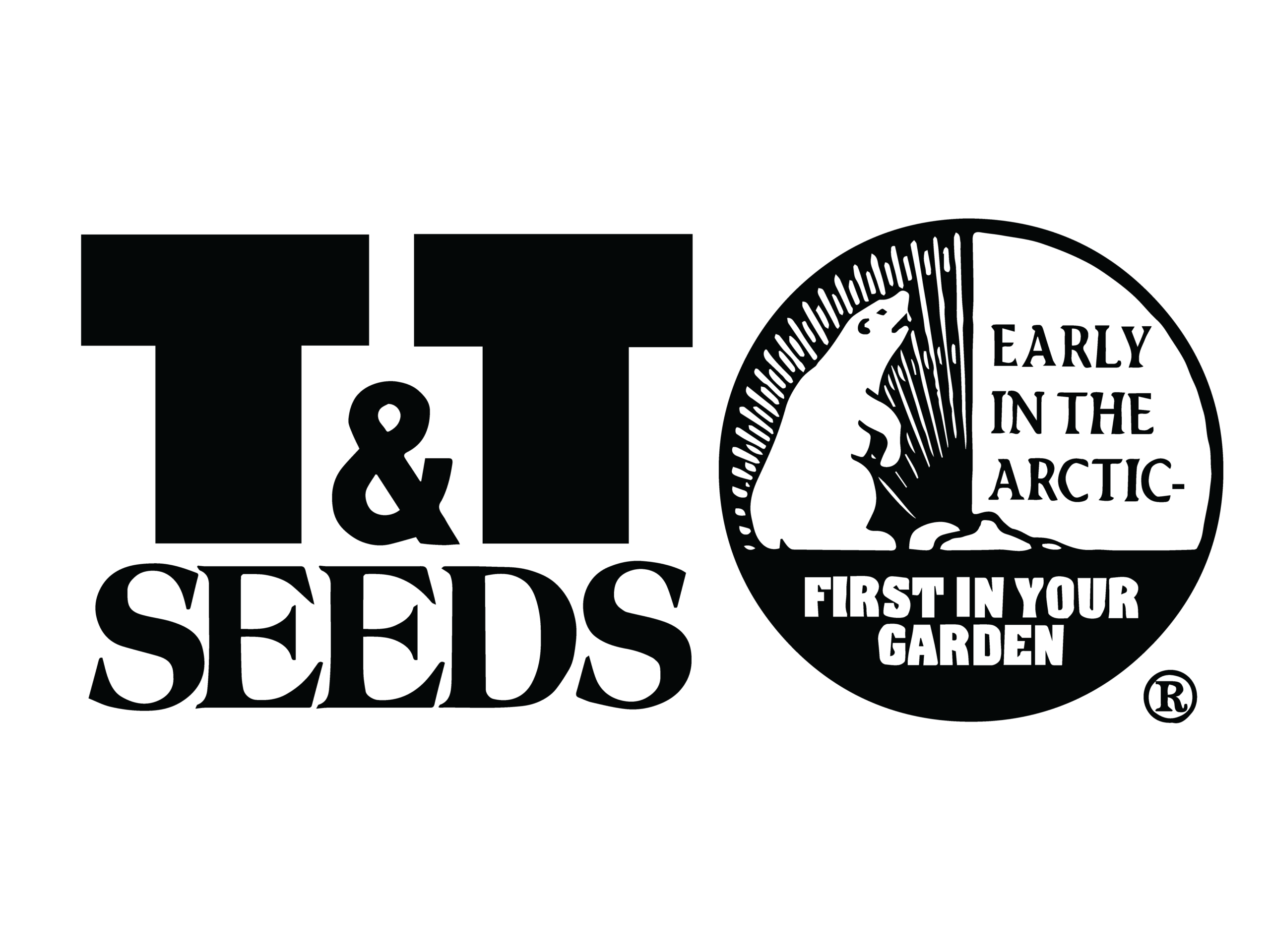Nitrogen, Phosphorus, and Potassium: Fertilizing Made Easy
Have you ever wondered how fertilizer affects your plants on a cellular level? Which nutrients are important and how do you choose? How can you tell which nutrients are lacking in your mix by looking at your plants!? Let us break it down for you! The three main components of fertilizers are Nitrogen, Phosphorus and Potassium. They each have an incredibly important role in plant growth and production. Nitrogen Nitrogen (N) is a nutrient which helps a plant form its proteins. It is necessary for cellular processing of chlorophyll which supports photosynthesis. Lack of Nitrogen and chlorophyll means the plant will not utilize sunlight as an energy source to carry on essential functions such as nutrient uptake. Deficiency of Nitrogen is often seen in older leaves on the plants (shrivelled, pale yellow-brown). Abundance of nitrogen is often indicated by excess foliage and no blooms or fruit. By adding more of the other two nutrients you can counteract the effects of too much nitrogen. Plants that benefit from higher nitrogen: corn, soybeans Phosphorus Phosphorus (P) is essential for plant growth, and a plant must have access to it to complete its normal production cycle. It helps to capture and convert sunlight into energy for growth. Phosphorus promotes root development and early seedling growth. The highest levels of Phosphorus in plants are found in the [...]








